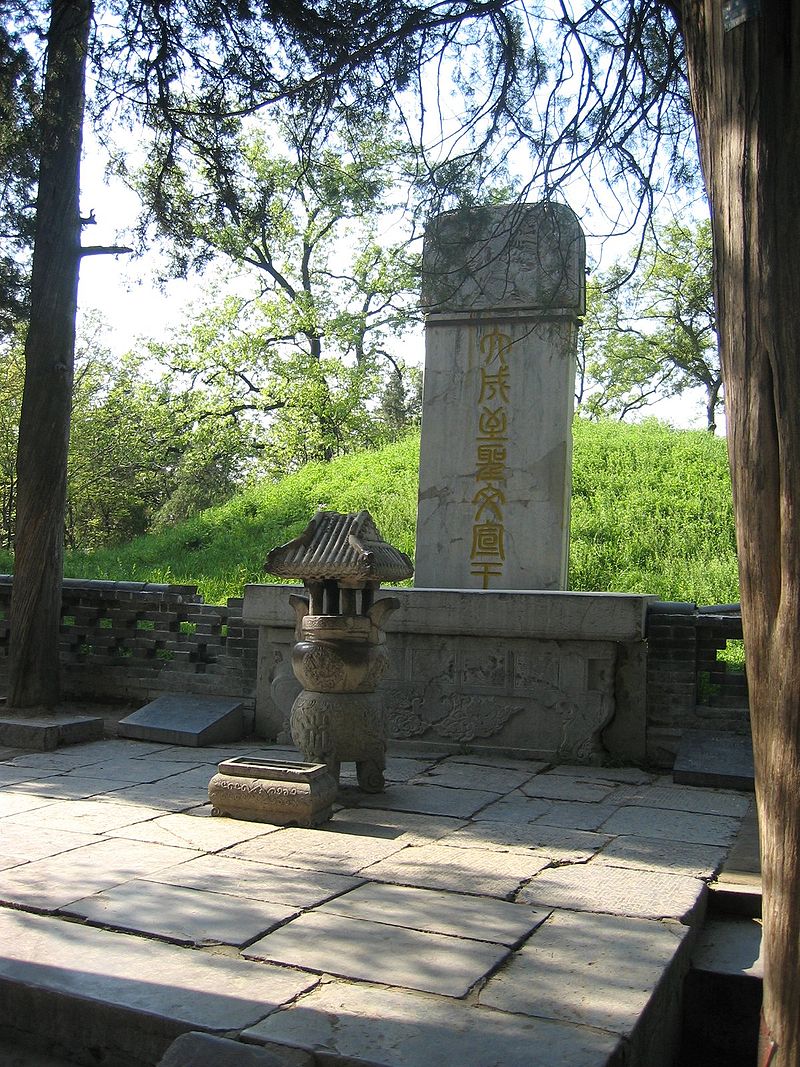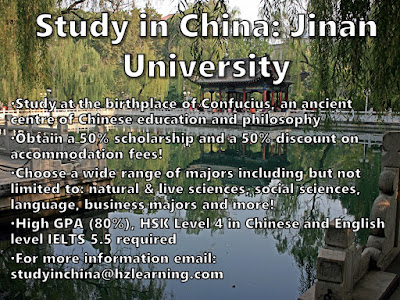China Travels: Qufu, the Home Town of Confucius
Earlier we wrote about the life of Confucius and his legacy in Shandong province, tied with the opportunity we are offering to study in Jinan University. If you're planning to stay in Jinan, about an hour south of the city by High Speed Rail sits a small city, largely obscure to the outside world. Its name is Qufu 曲阜 (“Crooked Hill"), sounds unextraordinary right? Although small and seemingly low profile outside of China, the area is in fact of a large historical significance. It was the home town of Confucius himself, the place where his teachings began and also, his final resting place. With a short trip to Qufu, visitors have the opportunity to discover and retrace the life of China's most famous sage, as well as that of his descendants. It is a trip worth getting into to absorb the vibe of local spirit and learning.




Getting there
Getting to Qufu is straightforward. The city has a high speed railway station situated on the Beijing-Shanghai high speed line, known as Qufu East, opened in 2011. It is a two hours ride from Beijing and an hour ride from Jinan. Due to the intensive schedule of this high speed route, up to 30 services a day run through there. Once you are there, Qufu's station is located a few km outside of the main city. As public transport is not great, you will need to take a taxi. Thankfully, the rate for taxis here is a lot cheaper than Beijing/Shanghai, starting only at 4rmb. To get to the city centre, you should expect it to come to around 20rmb. If you are planning to stay overnight, then there are a number of hotels to choose from due to growing domestic tourism.
The San Kong (三孔)
The three main attractions in Qufu are of course, all related to the life of Confucius himself. They are known as the "San Kong" (三孔) which includes, Confucius Cemetery or Forest (konglin- 孔林), the first Temple of Confucius (kongmiao- 孔庙) and the Confucius Mansion (kongfu- 孔府). All three sites are UNESCO verified world heritage sites. They are popular amongst local tourists but not well known amongst foreigners. Hopefully, our guide to the place can change that!
1. (konglin- 孔林)

The Konglin is the official cemetery of Confucius and his descendants, whom occupied positions of primacy in Qufu for up to 78 generations, carrying on the family legacy. It is called the Konglin because it has an enormous number of trees, giving it the appearance of forest. Along with tomb of Confucius himself, the cemetery contains graves dating back across a span of well over 2000 years, from as early as the Zhou Dynasty to as recent as the Communist era.

For figures of high importance, such as Confucius and some of his key descendants, their graves come with what is known as "spirit ways" which involve constructed archways with paired animal sculptures. Outside of Confucius's very tomb, there is also a pavilion whereby the emperors of China went to pay their respect.
2. The Temple of Confucius- Kongmiao (孔庙)

The temple of Confucius is the first of its kind ever built in the world. Following the death of Confucius, his former home was consecrated as a temple, which became this facility. By 205 B.C emperors of China began offering sacrifices here, something which was repeated over the course of centuries.
Over time, the temple would be destroyed and rebuilt many times. The version seen today was built in the Ming Dynasty era. As a result, it in terms of its shape and layout, it mirrors the forbidden city in Beijing. The central building and centre of worship in the complex is known as the "Hall of Great Perfection".
3. The Confucius Mansion- (kongfu- 孔府)

Next to the Temple sits what is known as the "Confucius Mansion", a complex which was the residence of the Kong family for thousands of years. Owing to the significance of Confucius's family name, his descendants gained positions of prominence within the city of Qufu itself, insomuch that they gained a hereditary title known as the "Duke Yansheng", which also came with political power. After the Chinese civil war, the holders of the title fled to Taiwan, where they still reside today.
Before this time, the Confucius Mansion or "Kongfu" was their official residency of this lineage. The complex consists of 152 buildings with 480 rooms, including a wide courtyard, a 3 storey tower, a gateway and a great hall.
Conclusions: Re-trace the life of a great thinker!
Each major school of philosophical and religious thought has its holy city. For Judaism, it is Jerusalem, for Catholicism it is Rome (not discounting the latter as well), for Muslims it is Mecca and for Confucianism, it is Qufu. In this relatively unknown city began a school of thought which would shape East Asia unlike any other, a set of ideas which would irreversibly mould China's society, culture and way of life. Despite having lived well over two thousand years ago, by visiting Qufu you have the chance to witness his life and legacy, not least to visit his actual grave. We hope you gain inspiration from such an opportunity during your time in China!



评论
发表评论